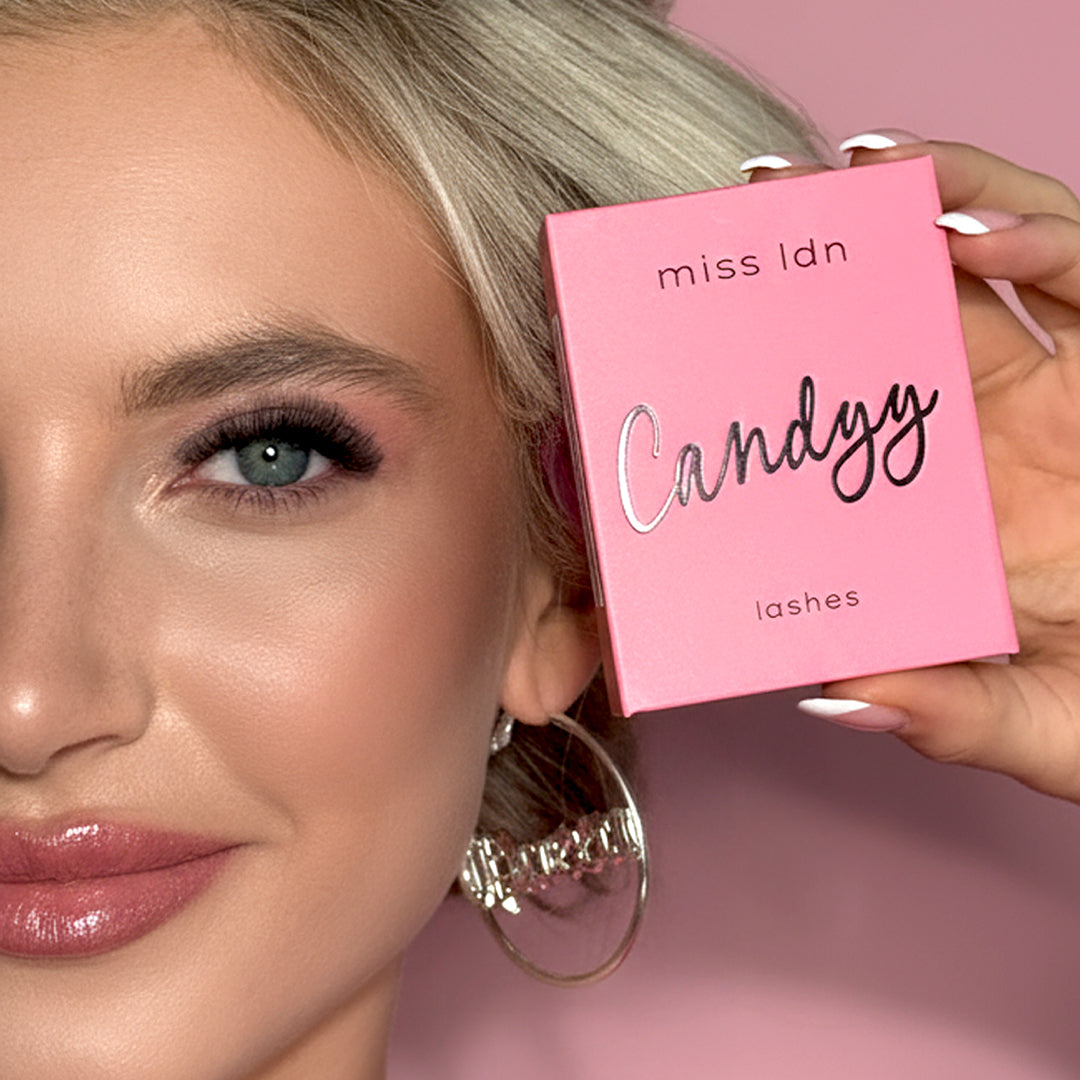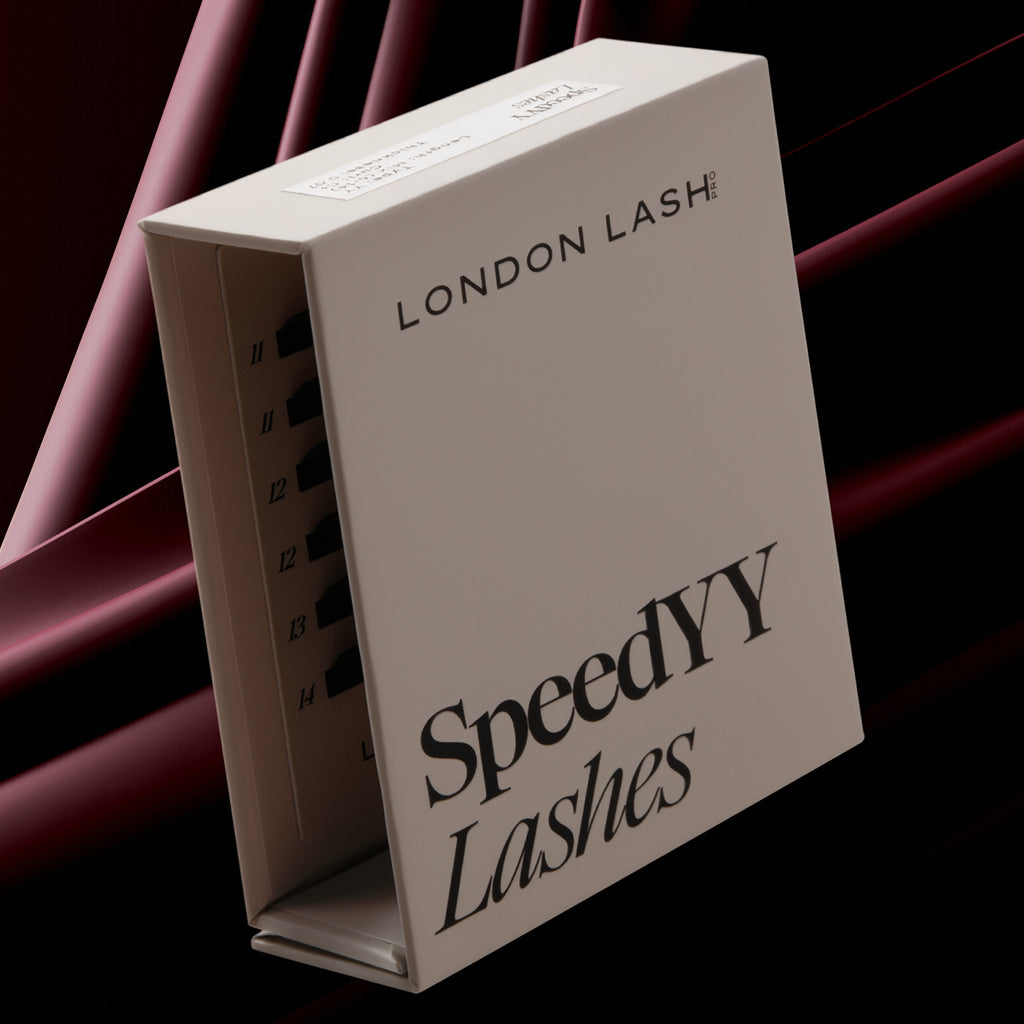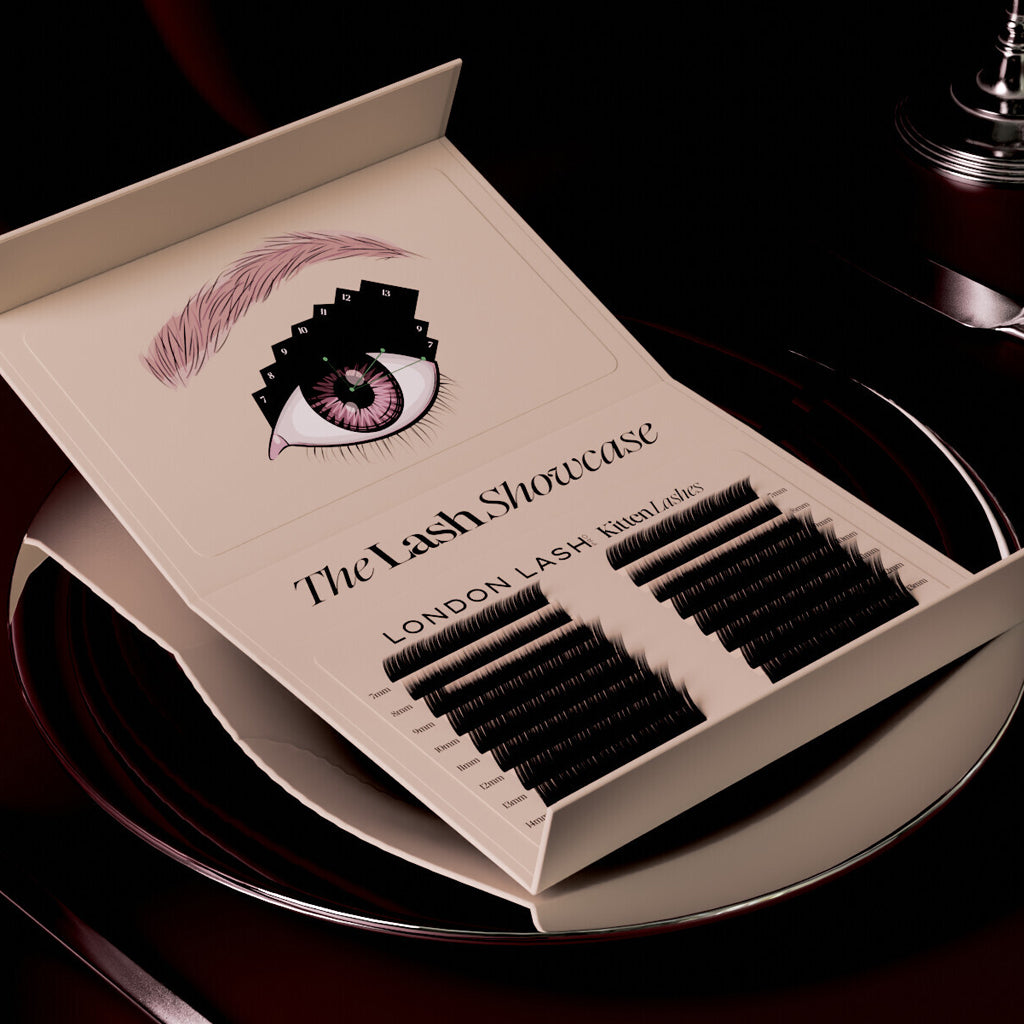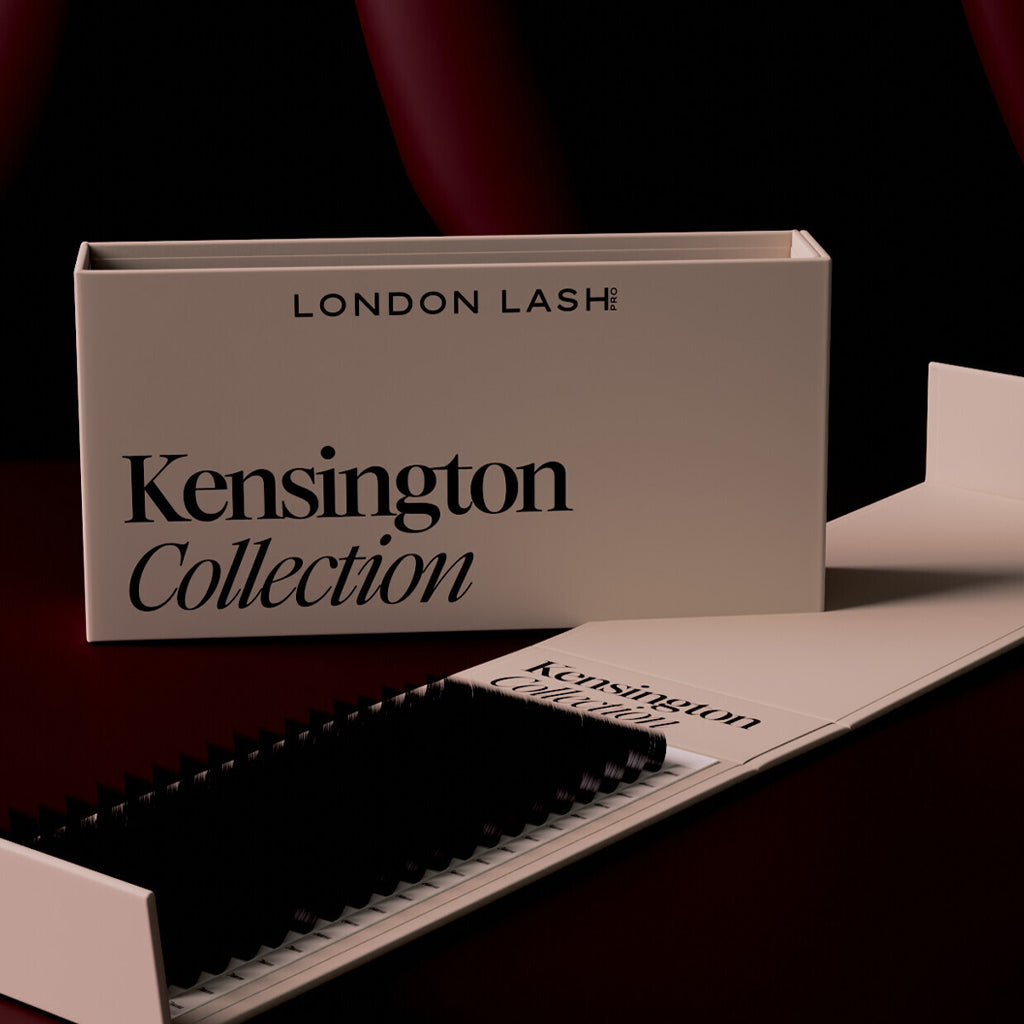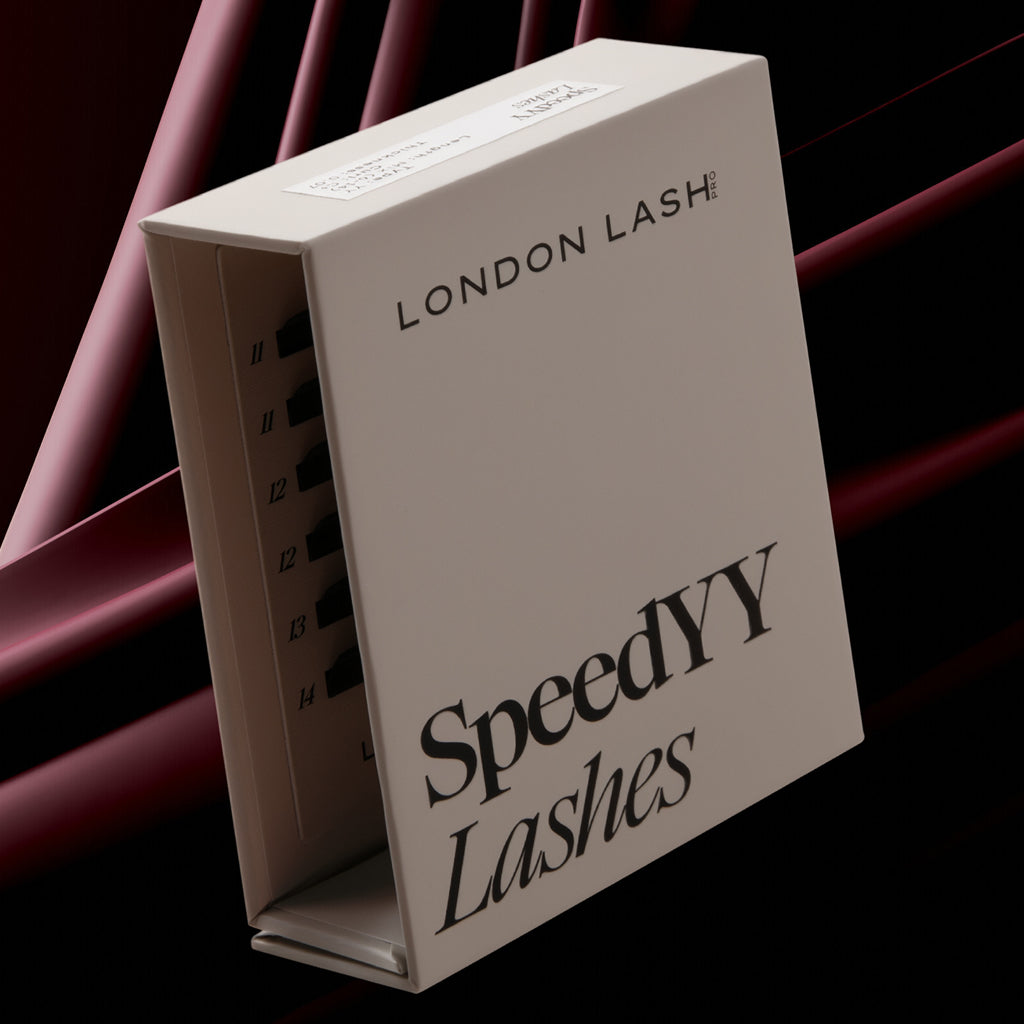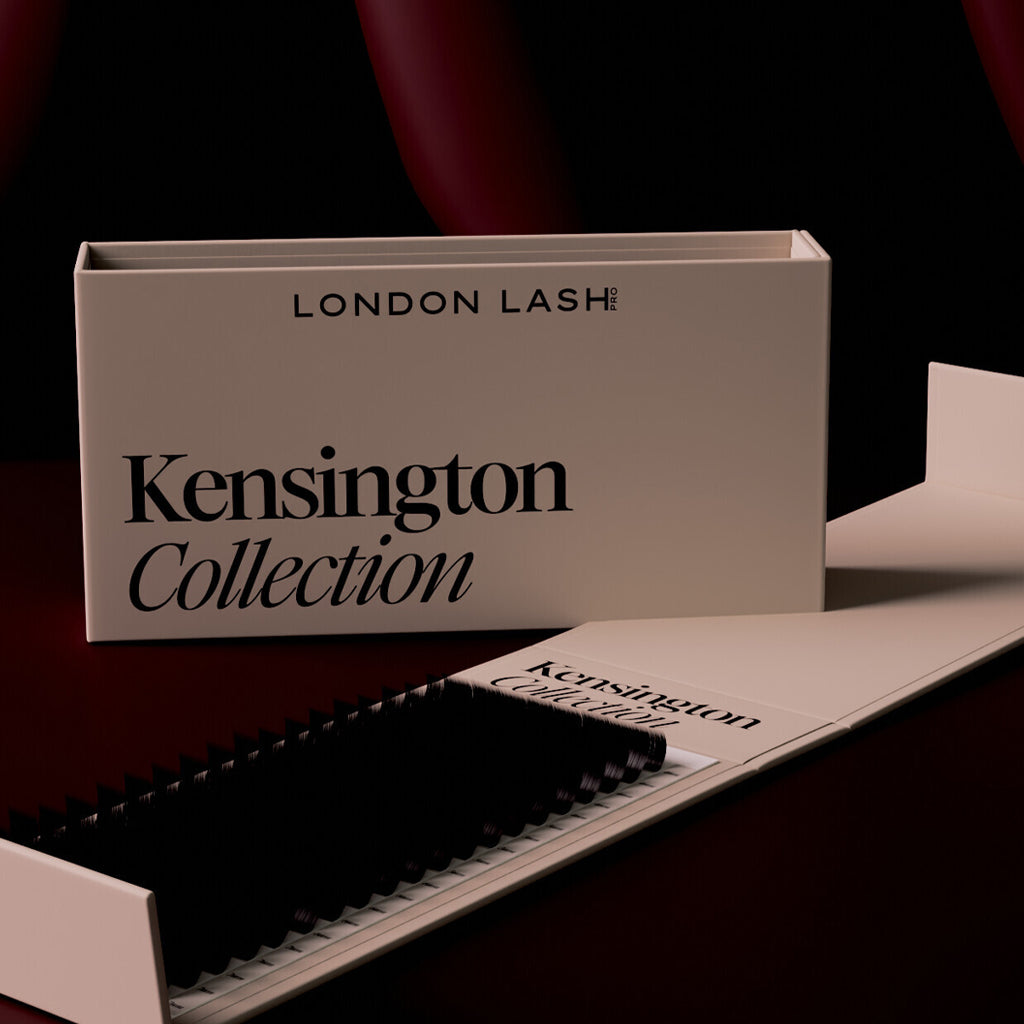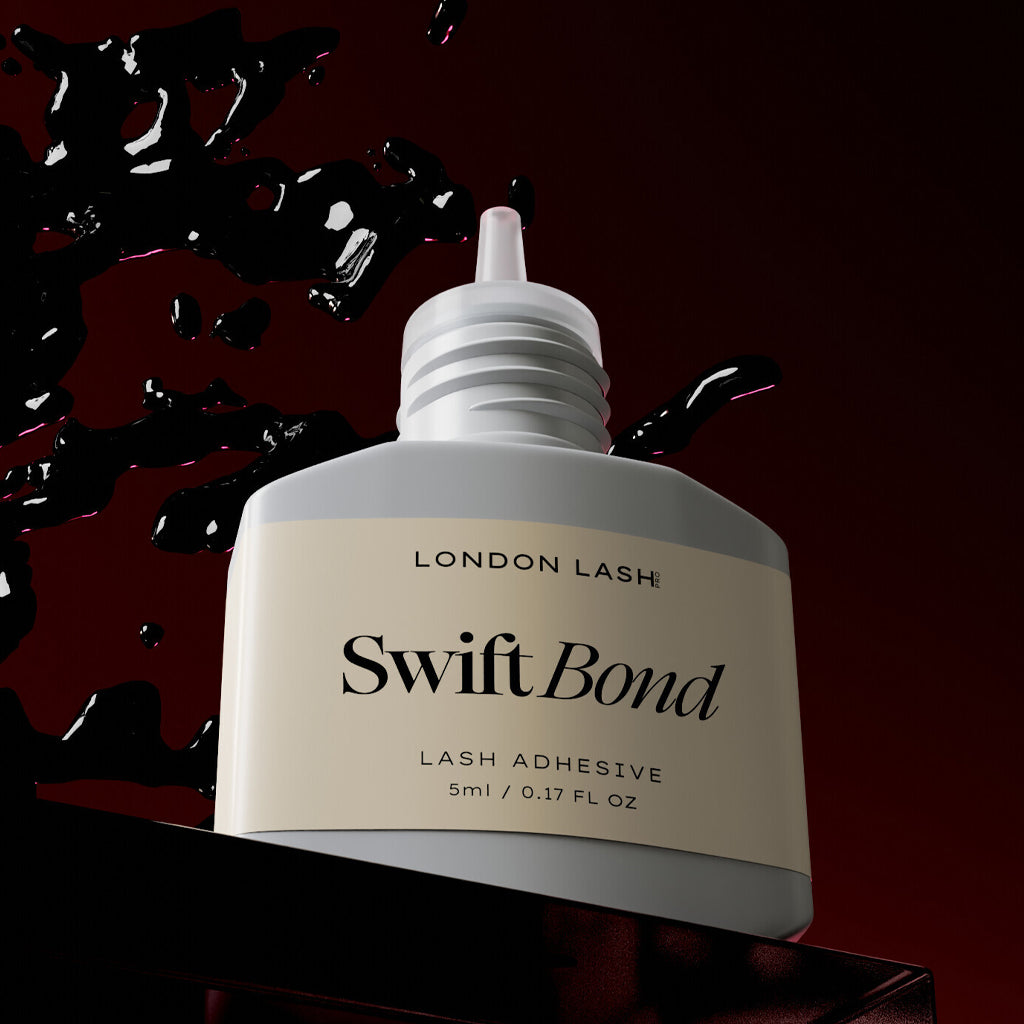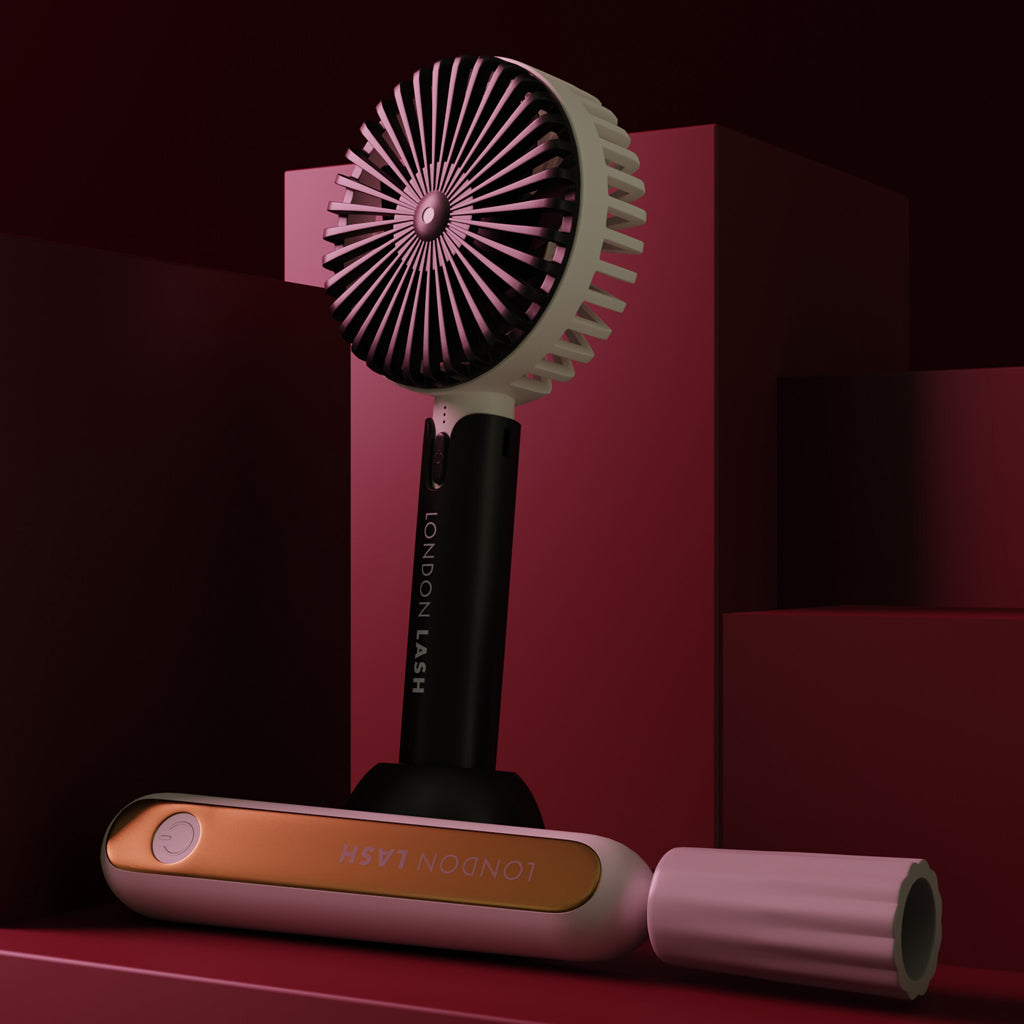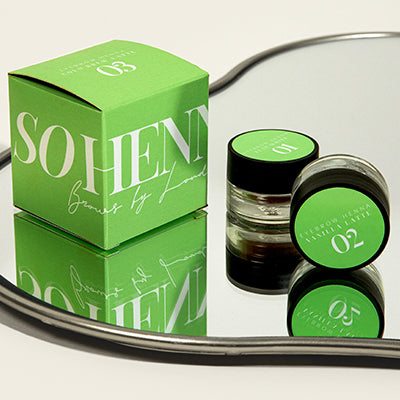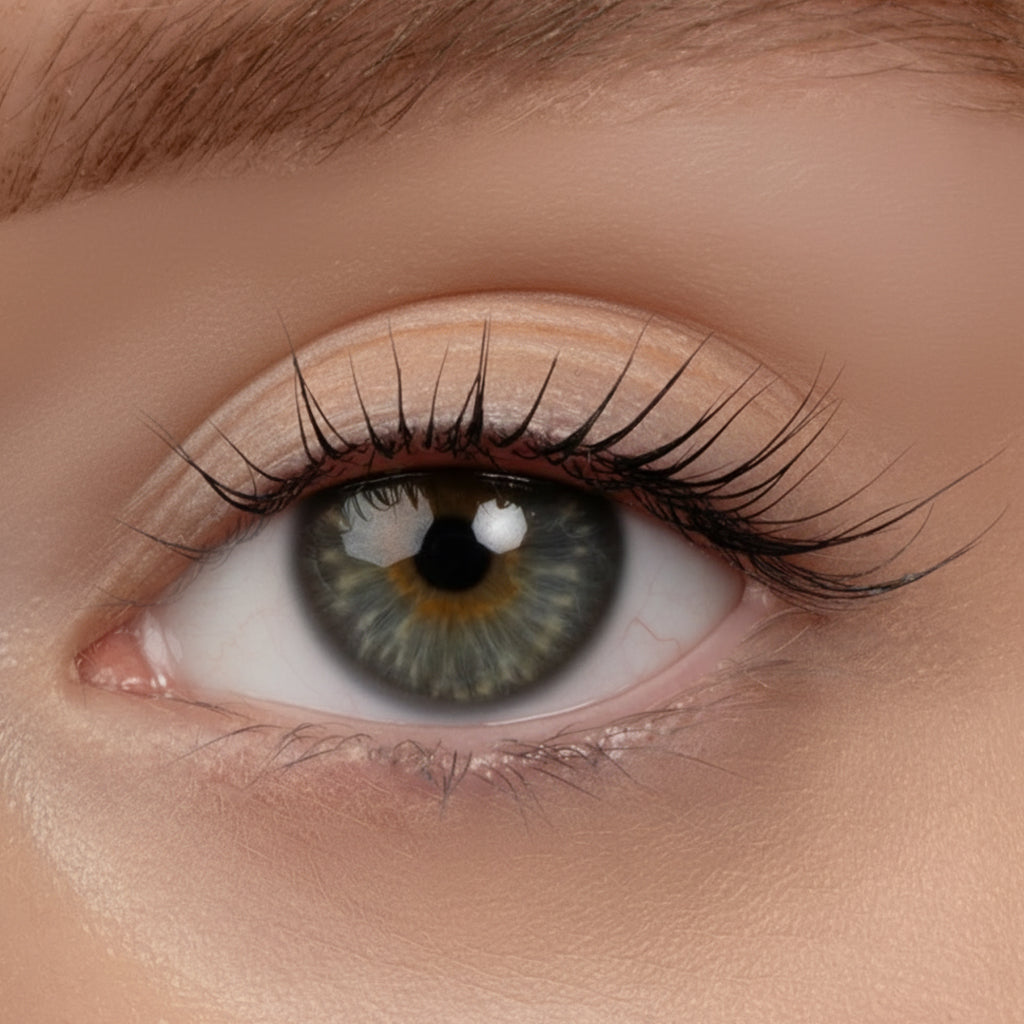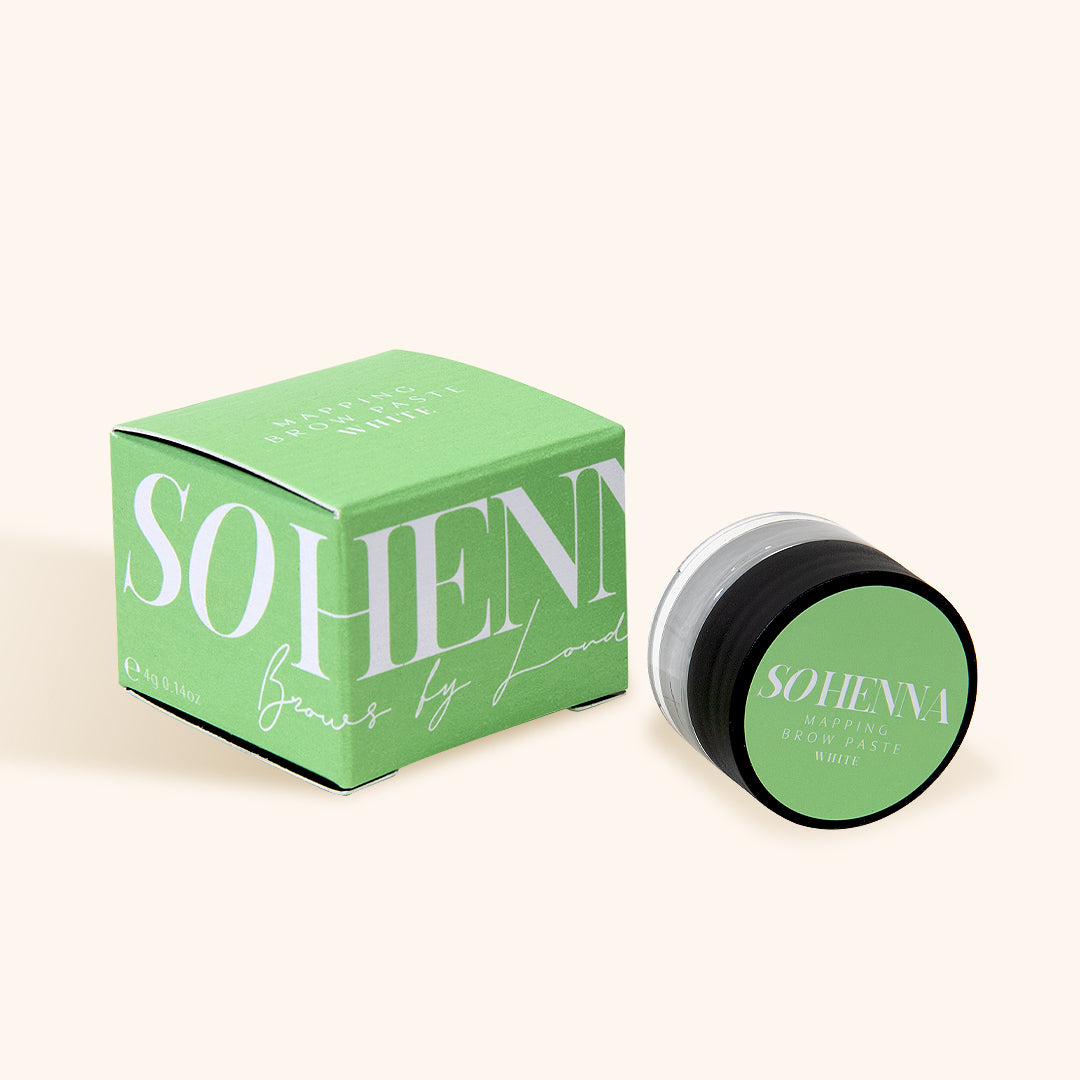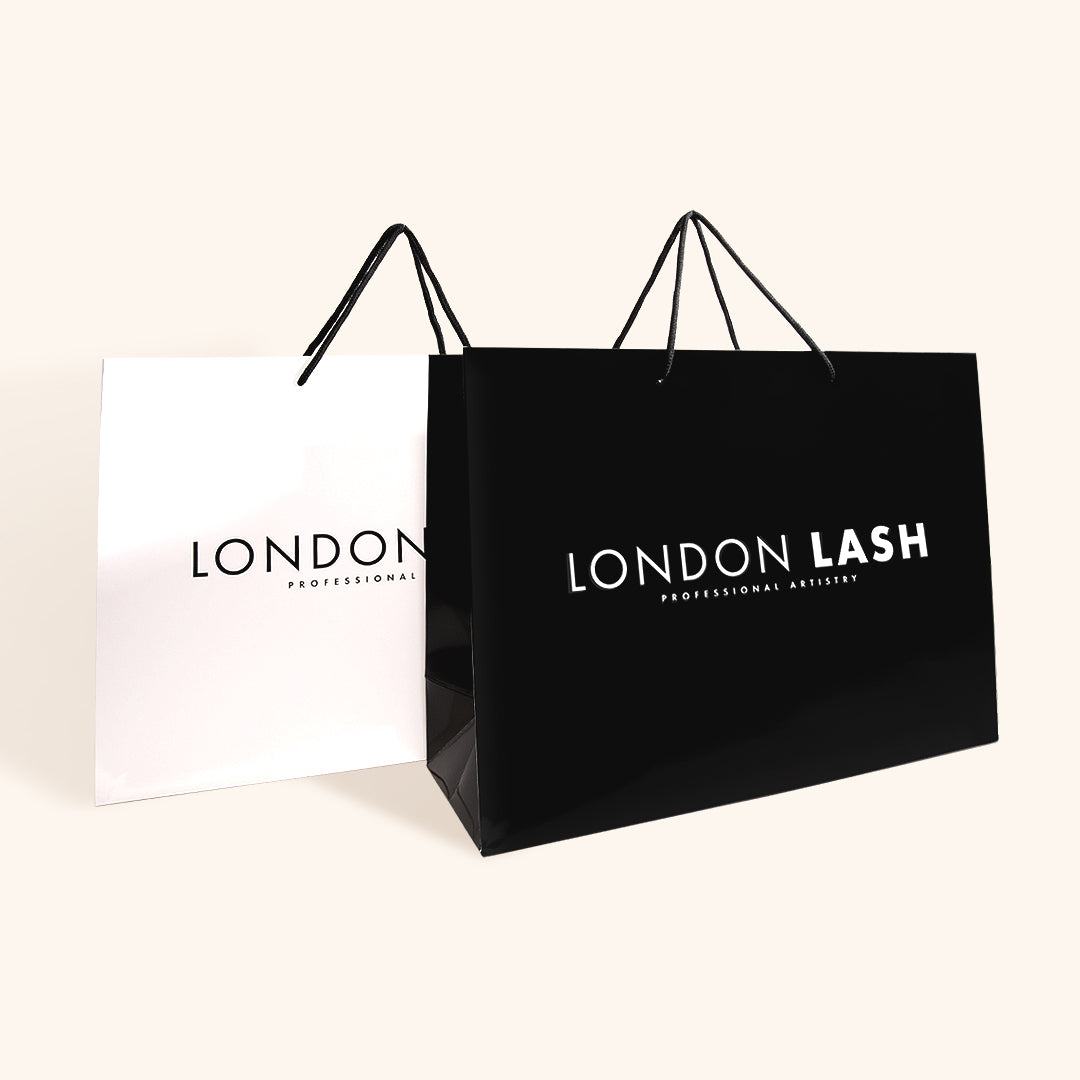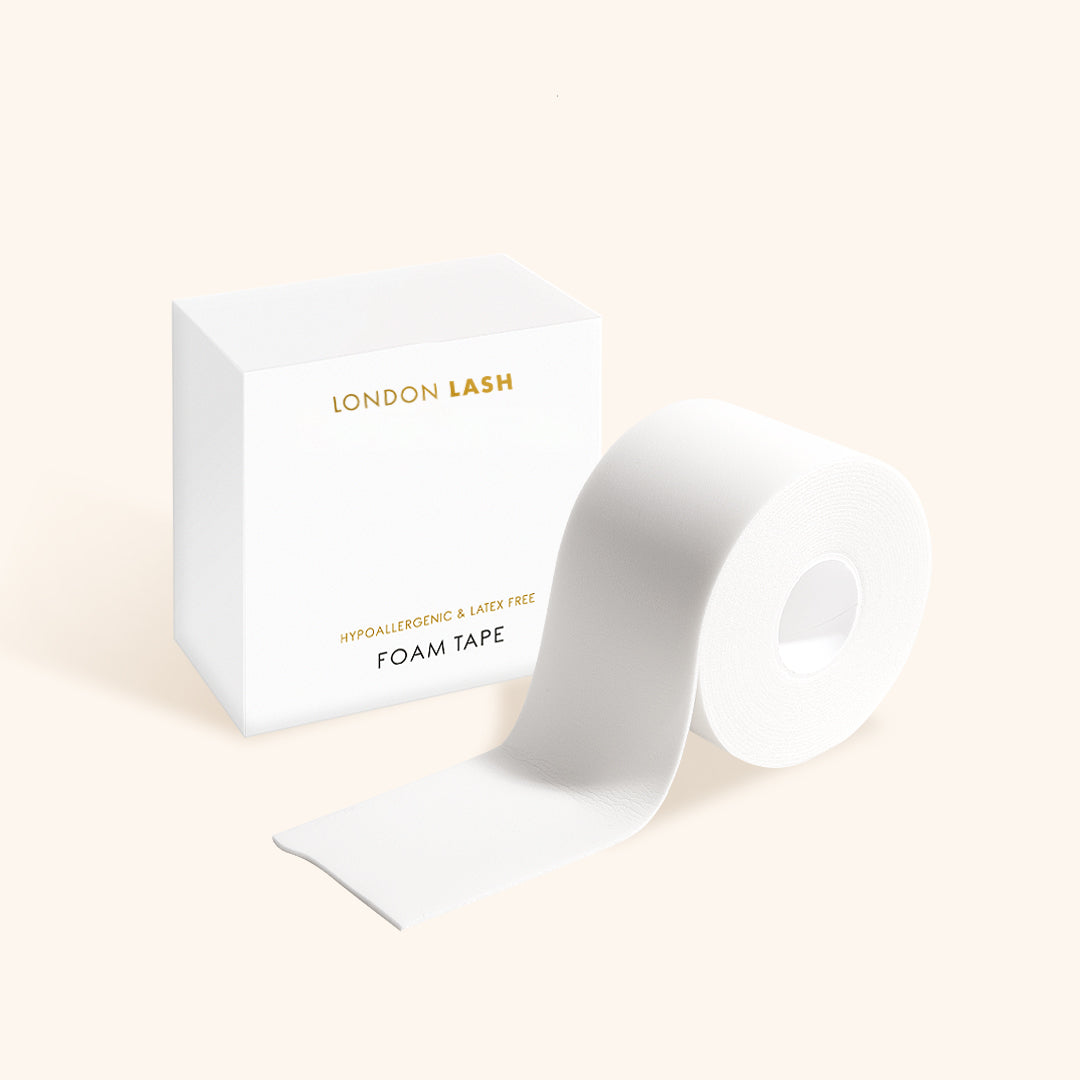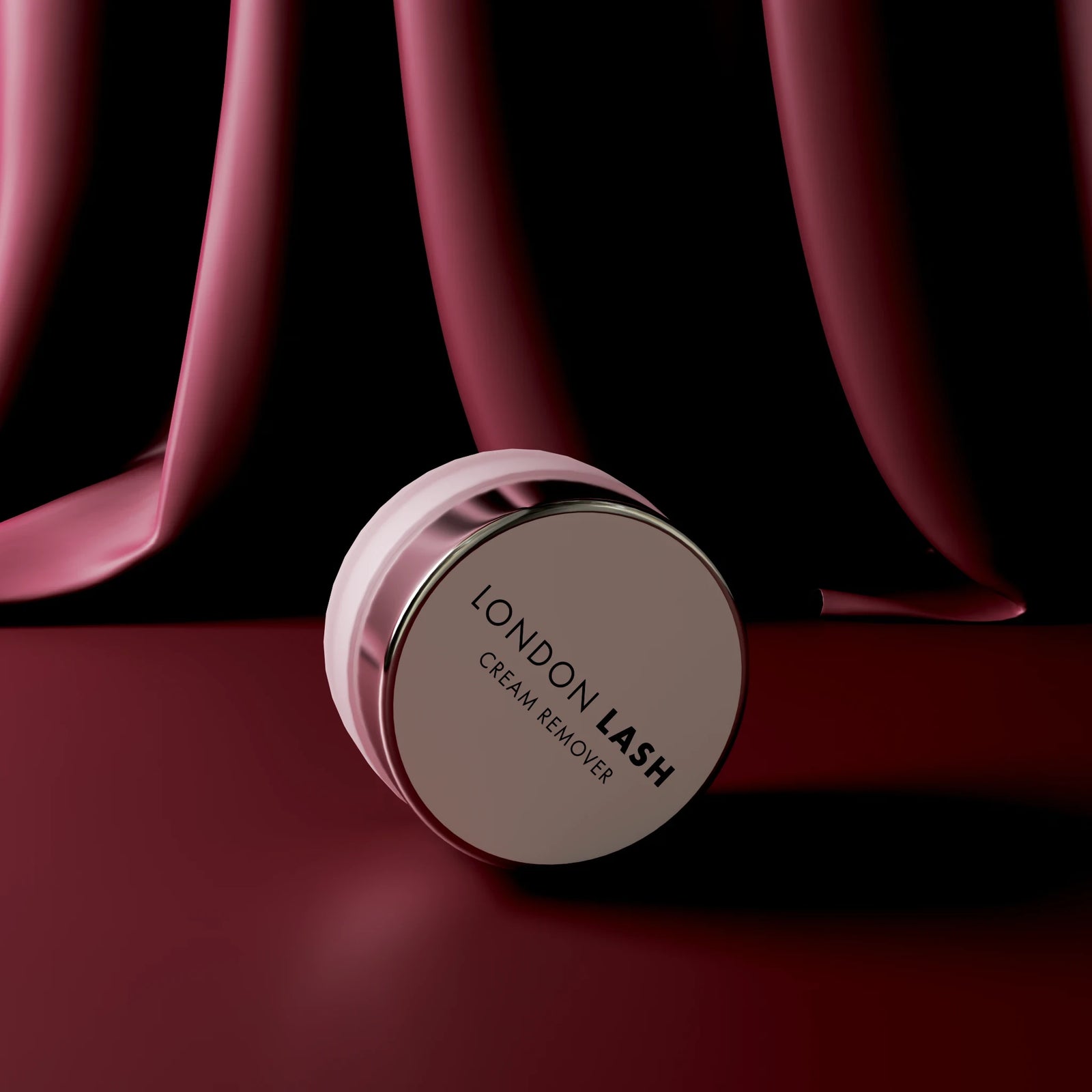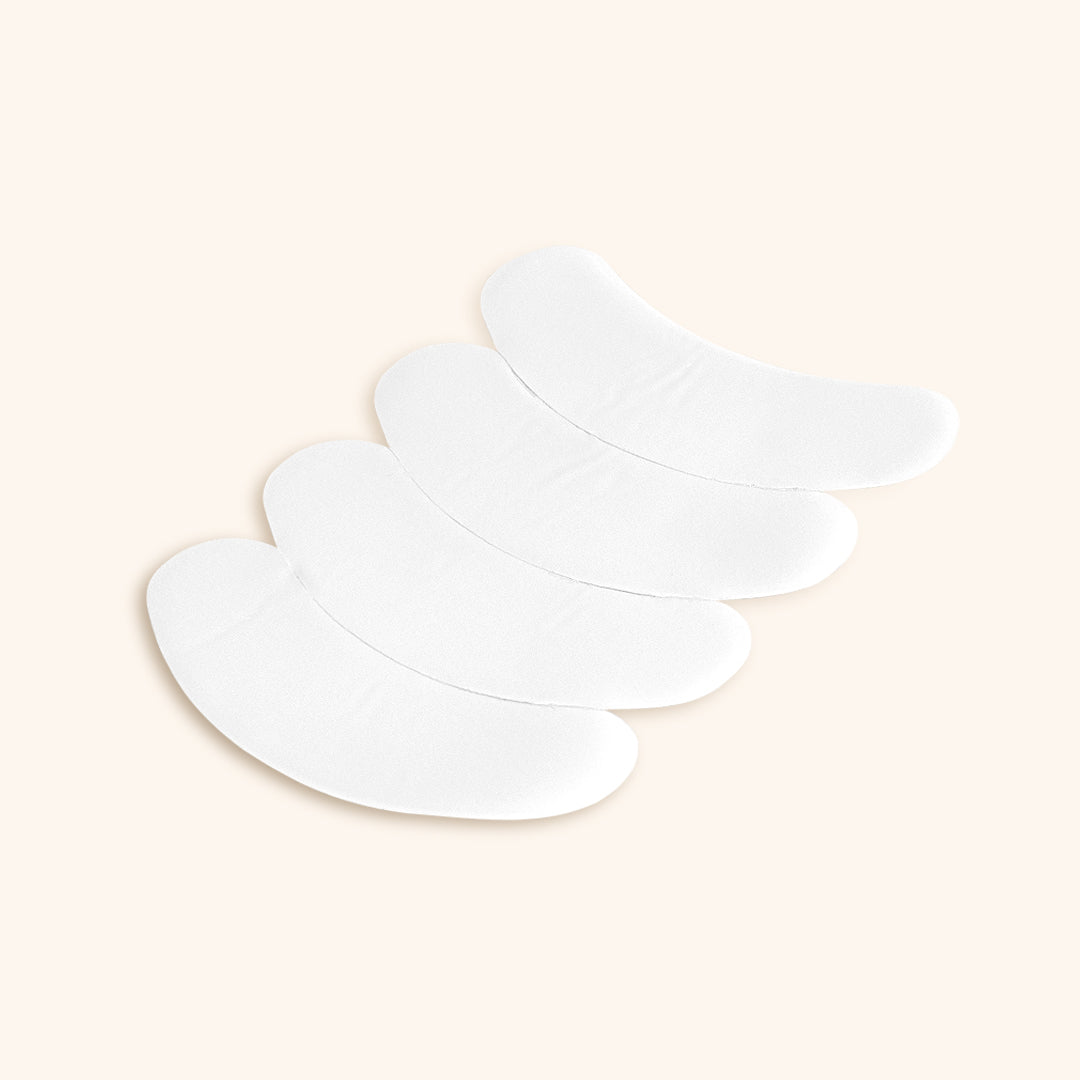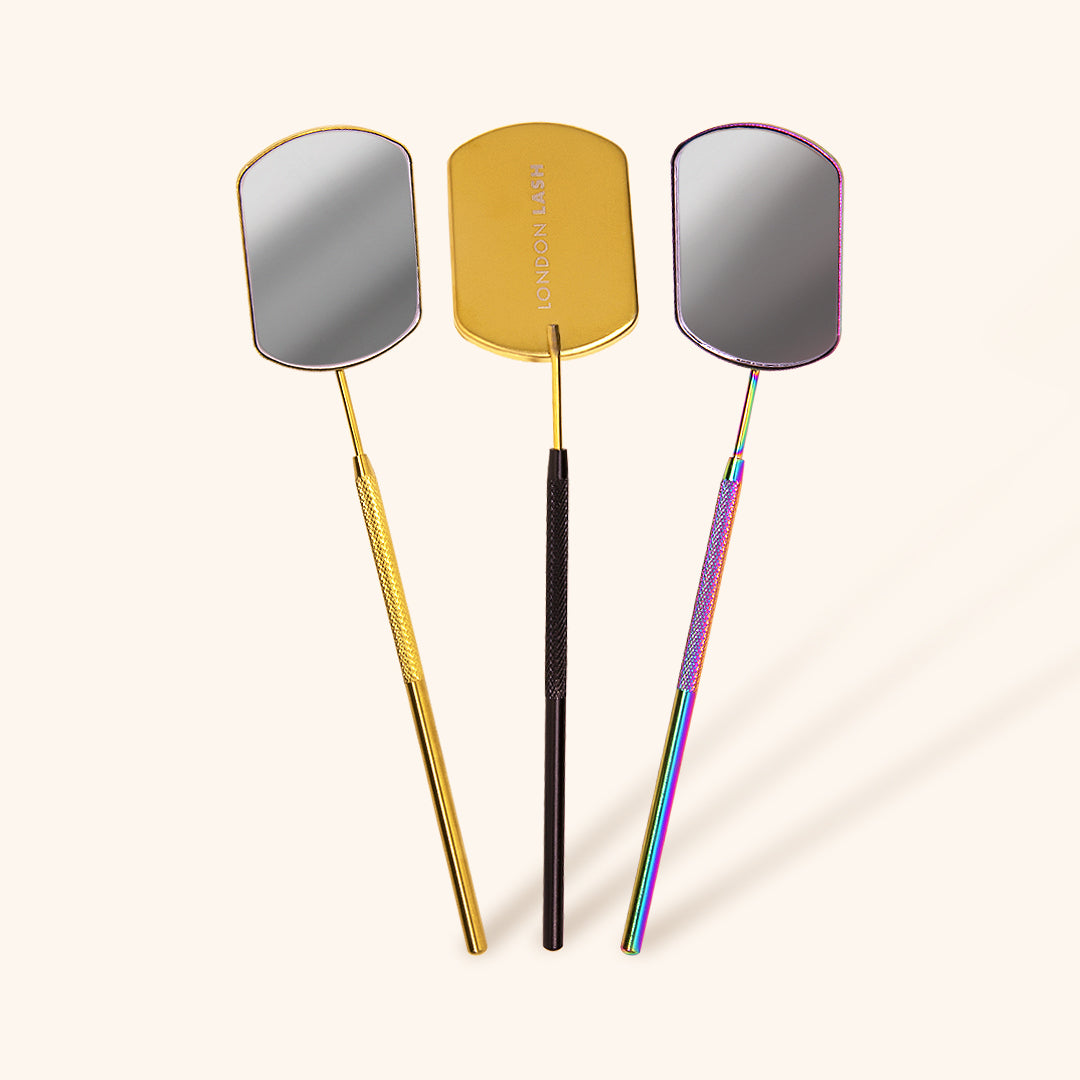Glues & Liquids
Eyelash Extensions
ACCESSORIES
So Henna
EYEBROWS
ONLINE TRAINING
Save up to 70% Off
CHEMICAL BURN VS. ALLERGIC REACTION
April 14, 2021 5 min read

Deep Dive into Chemical Burn VS Allergic Reaction for Lash Extensions
Any Lash Tech's worst nightmare is getting a phone call or E-Mail from a client the day after a lash extensions treatment and the client is complaining of severe allergic reaction, followed by images of their swollen, red and itchy eyes. But what is the difference between allergic reactions and chemical burns? Is there anything you as a Lash Technician can do to combat this? And which client is most likely going to experience a reaction? Let's dive deep.
Allergic Reactions
A common misconception is that clients are allergic to lash extensions - but spoiler alert, that isn't the case. In fact, London Lash Eyelash Extensions have been made out of hypoallergenic fibre called PBT for many years now. The names Silk, Mink or Cashmere as simply to suggest the closest resemblance of the synthetic lash the finish of the lashes Shiny, Matte, Flat, etc.

The most common culprit of someone's allergic reaction / and chemical burns, is actually the lash glue. More specifically the ingredient cyanoacrylate. Cyanoacrylate is the main ingredient in ANY lash glue, it's what makes the glue adhere. It is a very strong chemical and therefore it is prone to cause irritation in some cases. For most clients allergic reactions are rare, but the body's tolerance to the lash glue may weaken over time and an allergic reaction may come about at any point. In essence if a client has never had allergic reactions until that one time, it may not be a fluke, simply the body has finally reacted to the cyanoacrylate and will continue to do so if the client has future procedures as the chemical has accumulated in the body over time.
You may notice some Lash brands offering 'Sensitive Lash Glues', these glues are more of a marketing scheme. Every single glue (even house hold glues like super glue) contain cyanoacrylate. For anything to stick and bond with the lash glue cyanoacrylate needs to be present. In 'Sensitive Glues' which are so called designed for clients with sensitivities the cyanoacrylate is minimal, but the glue bonds will be poor, weak and lash retention will be short, and furthermore, it does not guarantee any less allergic reactions.
So how can you tell an allergic reaction apart from a chemical burn? To put it simply, chemical burns happen inside the eye - you will notice redness and irritation on the eyeball and potential bloodshot too. While an allergic reaction is on the outside of the eye - swollen eyelids, redness and general uncomfortable puffiness.

What Can Be Done to Minimise this?
Unfortunately, if a client has an allergic reaction there is nothing we can do to minimise this. They will simply continue to react even in future treatments no matter what they tell you, some Lash Techs have had allergic clients attempt to get treatments after taking antihistamines or ask the tech to use faster drying glue. But that is bad practice and you cannot be responsible once you know a client has previously reacted with an allergy.
Even after one allergic reaction, it is advised that you tell the client that lash extensions are no longer for them. If you do a future patch test on the client, it isn't always 100% accurate, furthermore, a patch test is just that, a patch, it is not the prolonged expose to the cyanoacrylate in the lash glue during the a fully lash extensions treatment.
What Can We Do When They React?
Remember, you do not have the medical expertise to advise clients on any medication or treatments if they develop a chemical reaction, similarly you do not want to be liable if you advise a client any wrongful medication or treatment. The best advice you can give you client is to visit a doctor or pharmacy as soon as possible. A medical professional can offer the correct treatment and / or medication the client needs.
If the client wishes to remove their lashes after their reaction has calmed down a few days later, you can do that using Cream Glue Remover. The Cream Remover will not run as it is formulated to sit where you have placed it. But, this runs the risk of reactivating the lash glue as you're removing it which could cause further reactions so informing your client about this potential risk is paramount! If the client's reaction has ended, they can simply wear out the eyelash extensions until the fall out naturally.
Chemical Burns
In short, anyone can react with a chemical burn. This is because of a direct result of application as the eyes may have been open during treatment or the placement of the lash glue too close to the eye. If the client keeps opening their eyes during the lash treatment, or they cannot close their eyes fully then they will be exposed to the lash glue fumes continuously. This means that a prolonged exposure to fumes and chemicals can result in the chemical burn.
How Can You Minimise This?
- Advise your clients to avoid too much caffeine for at least one hour prior to the treatment - this will prevent their eyelids from flickering and opening up during the procedure.
- You could weigh down the top eyelid with Foam Tape or a sanitised coin to prevent the lid from moving too much and opening up.
- Use Foam Tape instead of Eyepatches under the eyes to prevent the fumes from entering the yes. The thickness of the foam tape helps with this as it is thicker than regular eyepatches.
- Double check the placement of Eyepatches. Eyepatches or foam tape being placed too high can cause discomfort which can make your client automatically open their eyes during the treatment.
- Use a Lash Mirror to check that the eyes are fully closed during the and throughout the treatment.
- Have the clients silence all alarms and their phone - this is a relaxing time, after all and it will stop them from checking their mobile and opening their eyes.

What Do We Do When Chemical Burns Happen?
Like allergic reactions, there isn't much that can be done and there is no quick fix. Of course, if you have followed all the steps listed above, we hope to avoid chemical burns all together (and most of the time you will), but in the case when it happens the redness of chemical burns will go down within a few days. It often looks worse than it feels but needless to say it is not comfortable for the clients. Advising your client to visit a pharmacy if their eyes feel dry or sore would be a good option, again, do not advice specific medication or eye drops, but simply to speak to a medical professional.
If Someone Has a Chemical Burn, Can They Have Lashes Again?
Yes! Just make sure in future treatments their eyes are completely and fully closes throughout. Keep in mind if the chemical burn happens again and again with the same client they may be prone to allergic reactions and it would probably be a good idea to cease treatments.
Check out these featured products
Subscribe
Sign up to get the latest on sales, new releases and more …

